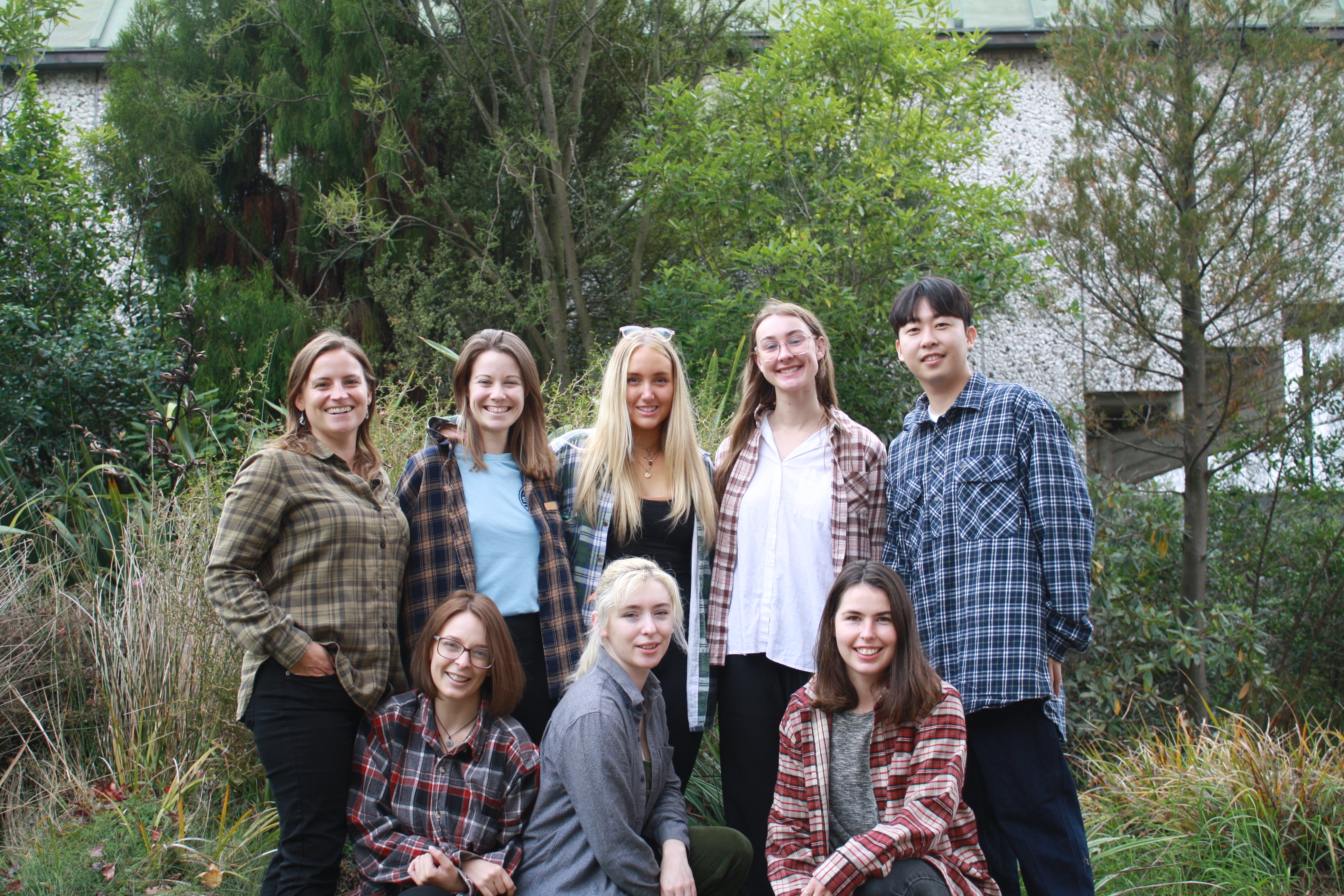Posts by Collection
people
Lab Alumni
Get to know former lab members
Join the lab
Find about ways to join the lab
Open Positions
I am currently seeking a postdoc to study population genetics in emperor penguins!
research
Why are males and females different, and why don’t we know?
Selection can drive genetic differentiation between the two sexes of a single species in coding and non-coding regions, and many questions remain regarding the relative importance and types of selection that are driving this differentiation, how genetic variation is maintained, and how the genetic architecture of traits impacts genetic divergence. The lab advocates for and employs the use of an integrative and holistic framework that considers when genes are able to respond to sex-specific selection, which tissues are likely to expereince different forms of sex-specific selection, when during the life cycle different forms of sex-specific selection are likely to create conflict, and whether proxies of sex-specific selection reflect the true strength of sexual selection.
How is population decline influenced by evolutionary mechanisms?
The Flanagan Lab uses population genetics tools to improve our understanding of the genetic dynamics and factors that contribute to population persistence and fitness. Our lab is using a variety of molecular tools to investigate the evolutionary mechanisms impacting New Zealand populations of kororā, pipefish, and vegetation impacted by dieback disease.
Do evolutionary mechanisms impact related populations and species in similar ways?
We use a variety of genetic tools to identify the primary evolutionary mechanisms impacting populations, including distinguishing between signatures of neutral and selective pressures. We are primarily interested in how spatially varying environments and selective pressures impact evolutionary processes. Most of the work to date has been done on the Gulf pipefish, but we are currently working on a broad range of organisms, including pipefish, penguins, and Phytophthora.
What role does sexual selection play in shaping traits in natural populations?
Mating behaviors usually involve other non-behavioral traits and can be shaped by ecological and environmental factors. Therefore, behaviors often experience complex selection pressures, including strong sexual selection. The lab works on characterizing the interacting roles of morphological traits, mate quality, and environmental factors in mate choice and sexual selection. Focusing on sexual selection facilitates integrative studies that incorporate animal behavior, mating patterns, ecology, and population dynamics. We use both empirical and theoretical approaches to understand these complex dynamics.
What causes animals to behave as they do?
We study the behaviours of animals such as pipefish and humpback whales to better understand the drivers of animal behaviour and to gain a better understanding of their behavioural ecology.
resources
software
gwscaR
genome-wide selection components analysis in R
gwsca_simulation_model
Genome-wide selection components analysis simulation model
fsthet
Fst-heterozygosity smoothed quantiles


